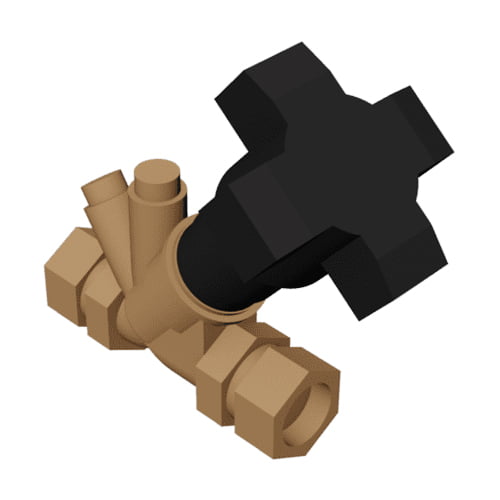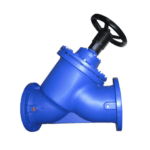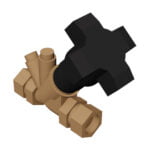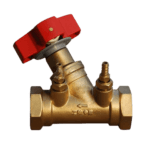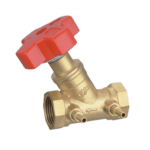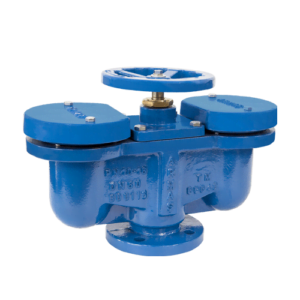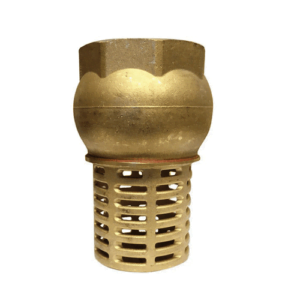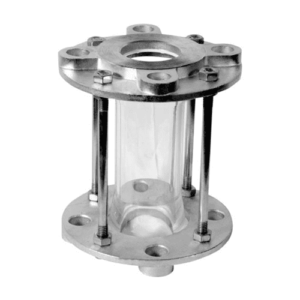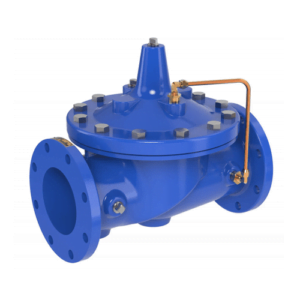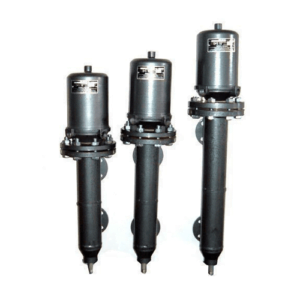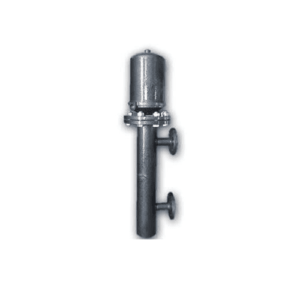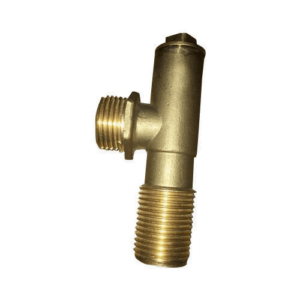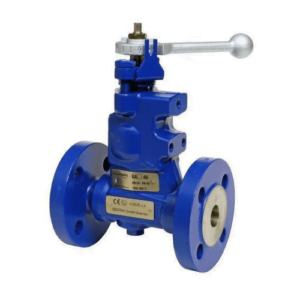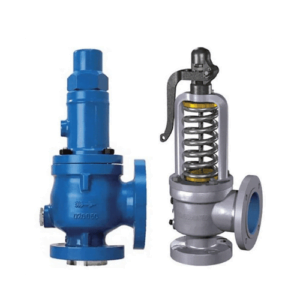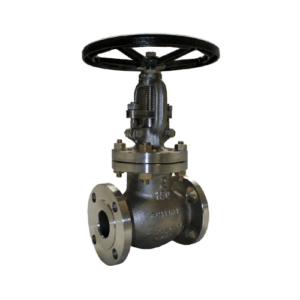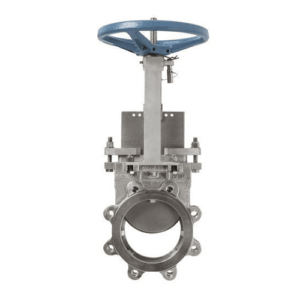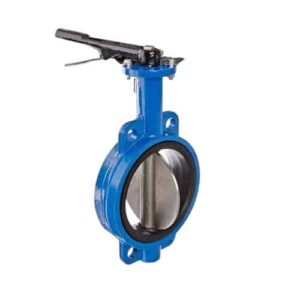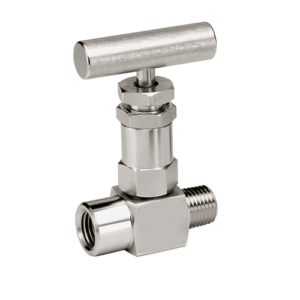High-Performance Balancing Valve for HVAC and Water Systems
The Balancing Valve is engineered to optimize the flow and pressure of liquids in HVAC and water distribution systems. Its primary use is to ensure even distribution across all branches of the network, making it indispensable for maintaining system efficiency and performance. This valve stands out for its ability to automatically adjust to changing conditions, thereby ensuring consistent comfort and operational reliability.
Material Specifications:
This valve is made from high-grade brass and stainless steel, chosen for their durability and corrosion resistance. The use of eco-friendly materials balancing valve manufacturers also underscores our commitment to sustainability without compromising on quality or performance.
Technical Specifications:
The Balancing Valve comes in different pipe sizes which range from 1/2 inch to 2 inches. It can handle pressures of up to 20 bars and has temperature tolerances between -10°C to 120°C, which makes it suitable for pressure balancing valve applications. Some other features include pre-settable flow settings and indicators that are easy to read when making adjustments.
Standards and Compliance
Our Balancing Valve meets relevant industry standards such as ASTM for material quality and ISO 9001 for quality management systems. Also, it conforms with the European Pressure Equipment Directive (PED) which sets strict international safety and quality requirements for hydronic balancing valve manufacturers.
Usage Instructions
For best results with the Balancing Valve, ensure correct positioning at points where system branches or different parts of a network meet. Routine maintenance is necessary to keep the valve functional over a longer period through regular checks and cleaning of its mechanism so as not to let it get clogged up. In case you encounter any common problems like pressure imbalances or noise refer to the troubleshooting guide provided after purchase.
Applications
HVAC systems use the Balancing Valve for temperature control in all units, including Radiator Balancing Valve applications where the best heating performance should be achieved. In water systems it controls the flow to different zones; this ability is important, especially in large buildings such as hospitals or universities where there must be accurate water management. It is also necessary in an industrial environment which requires uniform pressure and flow rates for equipment efficiency and safety to be upheld.
Features and Benefits
Features:
Accurate distribution of flow through systems.
Strong construction designed for use in commercial or residential areas.
Flow rates can be maintained by locking adjustments easily made.
Indicators are provided both visually and operationally so that monitoring them becomes an easy task.
Benefits:
Optimizes system operation thereby ensuring energy conservation leading to reduced utility bills Waterflow Balancing Valve.
Reduces pipe wear and tear hence lengthening the life span of these systems as well as machines that may be affected by such damages.
Enhances comfort levels achieved within various heating ventilating air conditioning applications by keeping desired environmental conditions constant throughout.
Reduces downtime alongside service charges by simplifying access during maintenance procedures Balancing Valve Manufacturers.
Related Products
Consider these similar products to go with the Balancing Valve:
Hydraulic Balancers: They are best for systems that need high accuracy in adjusting flow and pressure.
Pressure Reducing Valves: They cut down the water or gas pressure coming to a safe level one can manage.
Thermostatic Radiator Valves: Such valves automatically control the amount of heat that passes through radiators to keep a room at a given temperature.
Improve your system today using our high-quality Balancing Valve. We have designed easy-to-understand buttons that will serve you well as they save time while shopping.
Support and Warranty Information
At Induskart we believe in providing good customer service alongside a warranty on every product such as Balancing Valve. Our team is always ready to help you out with any issue related to its installation, use, or even troubleshooting. This item has a two-year full coverage warranty against manufacturing defects and faulty workmanship. For additional support and warranty details please refer to our customer care portal or reach us through the helpdesk.


